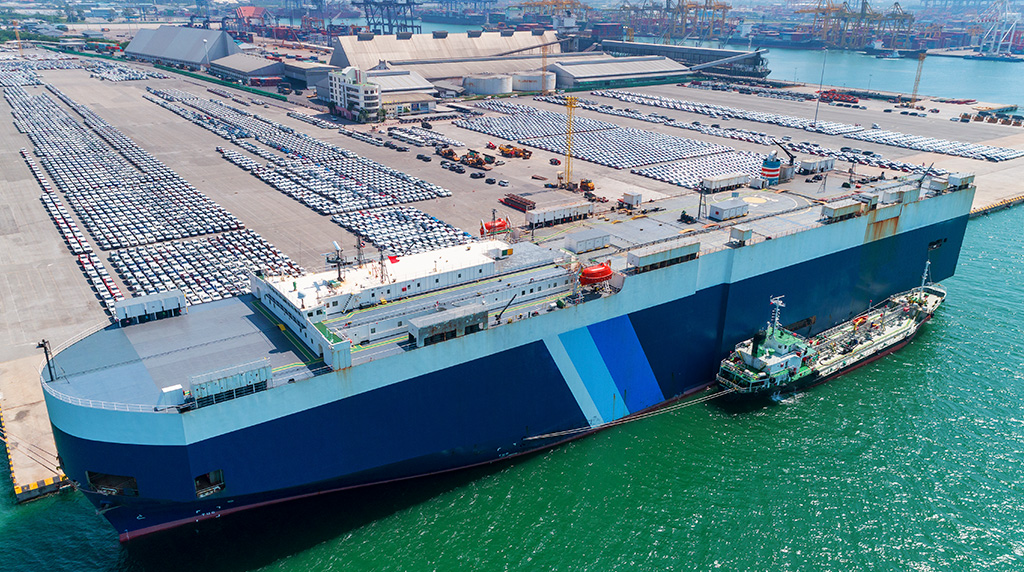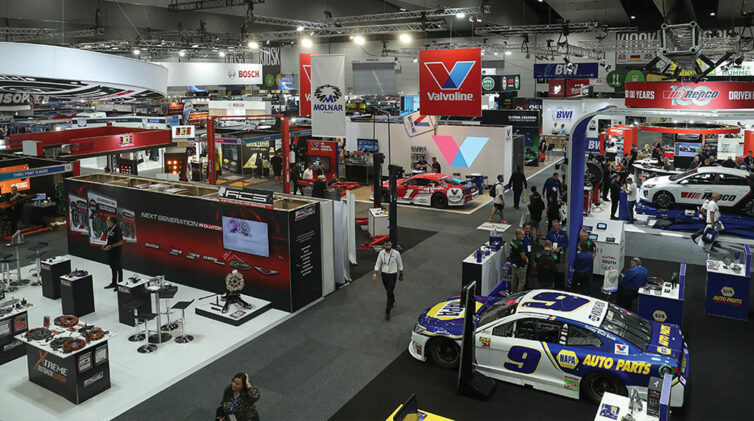Jon Moodie, CEO of Allied Credit, in an exclusive interview with GoAutoNews Premium, said that long delays on new cars would change certain elements of the industry forever. However, once there is surplus supply in the system, the industry will go back to looking more like it did before 2019.
Mr Moodie said Covid has brought many changes. For example, Ford in the US has reported that build-to-order for ICE vehicles has risen from traditionally around five per cent to around 30 per cent of people now having to wait for their cars.
In the US the days-in-stock used to be 60 to 70 days and even as much as 130 days on some models, he said, with $5000 a car as incentives.
“Now the US industry is looking at 30 to 40 days, ” Mr Moodie said. “You can see why they don’t want to go back to that. General Motors has said they are not going to go back to the old ways.
“But there are a few things I think we can assume.
“One is that when the competition heats up again, which will coincide with supply increasing, you’re going to see a ‘reversion to the mean’.
“That’s where things will go back to what a normal market is – there will be competition, where people will have to provide offers to get their cars sold and there will be factories that are producing more than they can sell, which is certainly not the case today.
“It will come back to this because these are all publicly-listed companies and their shareholders want growth.
“You just cannot see a mass production company, like a Mitsubishi or similar, saying they are going to behave like a bespoke luxury car manufacturer and only produce to order. That’s not how they work. That’s not how they’re set up.
“So, I think the industry should assume that there will be some reversion to the old ways in the market. Hopefully not all the way back to 100 days’ worth of stock, and all those out-sized incentives and targets, but a more competitive market than we are seeing today.
“The winners will be the car companies that can achieve growth without overburdening themselves with the cost of holding cars or paying dealers large bonuses to sell over-production.”
Mr Moodie said that one of the reasons why the car companies got away with over-producing in the past was because they could put the problem of holding excess stock on to the dealers.
“It was the dealers who had to handle it. But we’re now seeing car companies such as Honda, Mercedes-Benz and Toyota in New Zealand, prepared to take that responsibility. Since carrying the cost of stock is now their responsibility, are they the ones who will want to pass the cost on to their own manufacturing division?
“It is all very well when you have independent dealers taking on the over-stocking problem. But if the OEM owns the stock that their retailers or agents are carrying, then at some point, part of that company is going to start bleeding.”
Mr Moodie said he believed the agency model could work in certain markets and for certain styles of OEM.
“When Honda announced their agency model, they said they were only aiming to sell 1600 cars a month. They said they were going with the agency model and would just bring in cars that can be profitable. And if it’s 1600 cars a month then so be it.
“So, they’re not chasing market share. They’re basically just taking whatever right-hand drives out of Japan that they can sell in the Australian market at a profit. And that will work for them if that is all they want to do. They also downsized their dealer network accordingly so the model could work for everyone.
“With Mercedes-Benz, you’ve got a prestige brand with much larger margins so that is different again.
“In my view, the jury’s still out on the agency model in terms of a cure-all for OEMs. The big question is going to be, in the inevitable event of over-production, how will the OEM as the owner of the stock work together with its network of agents to manage the variation in stock and supply?
“Everything goes in cycles. Sometimes the demand for a brand is high. For example, for many years Mazda had really high demand, great products, good pricing, and was very profitable. Then, inevitably, someone else comes up and takes that mantle off you and you end up in a bit of a holding pattern as you’re in that next R&D phase.”
Mr Moodie said that when demand falls behind production “that’s where the dealers can really play a part to help; to take on that stock risk, take on some of that activity to really sell the cars at the coalface rather than just being a delivery boy.
“Just clipping the ticket as a delivery agent and not being able to really trade isn’t going to inspire a whole lot of investment from the agent.
“They are not dealers anymore. These agents are going to be focusing on used cars because the new car stock is not their stock and, by the way, the OEM can take it away at any time. The agents know that and will invest accordingly.
“So, I am not sure that many other OEMs will go charging down that path in Australia in the short term. I can’t see it, and in any case, I guess they’re all waiting for the outcome of the Mercedes court case.
“The beauty of the dealer model as an OEM was that you had these independent businesses/dealerships around the world which had credit-approved facilities. That enabled them to buy your production and you could report your profit and sort of wash your hands of it and then move on to the R&D for the next model.
“And yes, you had to incentivise them now and then but, in other times, you didn’t.”
Referring to the single price policies, Mr Moodie said: “If you’re a Mercedes dealer today in Australia when the supply issue eases up, and a customer is looking at the 3 Series BMW and the C-Class Mercedes, the BMW dealer can just go the Mercedes website and drop the price below what the Mercedes fixed price is.
“What happens then? Does the Mercedes agent then ring up Mercedes head office to get permission to match it? How does that work? But they can’t. The whole point of it is to say to the customers, everyone pays the same price.
“If you’re in a competitive market, you’re not going to have your Mercedes dealers competing with each other, which is great. But I think your actual competitors are going to have a bit of a drop on you.
“Overall, I think the agency model has a place. It can fit with certain brands and certain markets.
“If I was a multi-franchise dealer today, it wouldn’t hurt that I had a really strong used car business, I had some franchise dealerships, and I had a couple of agencies. I can still make a go of it. I can still have some control of my own destiny and add value to my customers and afford to invest, afford to employ the smart people that I need.
“Certainly, I think the importance of scale is growing. Remember, Deloitte said only a few years ago that if you weren’t turning over a billion dollars, you weren’t going to survive as a dealer group? Maybe that’s a bit of an extreme number. But I think it’s certainly true that scale is important for success, especially in the metro areas.”
By John Mellor
















 Read More: Related articles
Read More: Related articles

